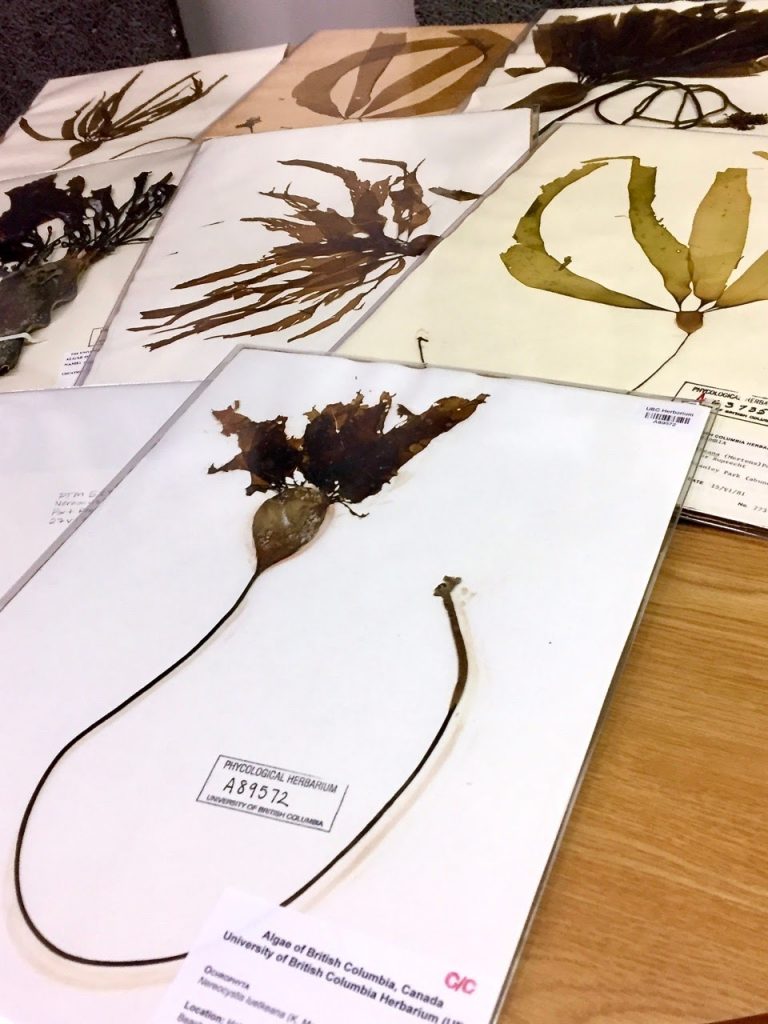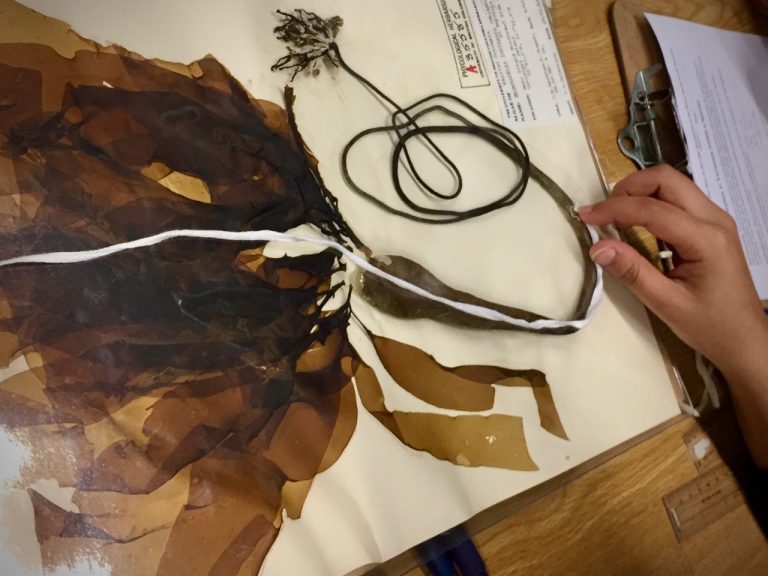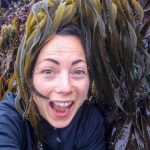Can online learning get students interested in biodiversity?
Giving hundreds of inexperienced students the chance to help with a real museum curation project is risky business: museum space is limited, students lack training and specimens are fragile and priceless. But what if students could work online using specimen photographs? Would students still learn? Would the data generated by students be useful to the museum? Happily, it turns out the answers to these questions can be “yes” and “yes”.
Linda Jennings, Collections Curator – Vascular Plants & Algae at the Beaty Biodiversity Museum and Bridgette Clarkston, UBC Biology Instructor, developed a project for students in Bridgette’s first-year biology course to digitally transcribe Beaty Museum herbarium specimen labels. Students also complete several activities to learn about variation within species, how biological samples are preserved in an herbarium, and what happens to specimen data after it has been digitized. The entire project takes students about three hours to complete and is done entirely online. As of April 2020, over 900 students have participated and generated data for hundreds of herbarium specimens that, without this project, would not yet be digitized. As an added bonus, in these challenging times where many educators are redesigning curriculum to be online, this project is readily adaptable to everything from middle school to university courses. The video below provides more details about the project.
But what do students learn from this project? One way to capture student knowledge, perceptions and experiences with biological diversity is with a survey, which we asked students to complete before and after doing their biodiversity project. Many of the questions on the “pre-survey” were identical or nearly-identical to questions on the “post-survey”. We did this to see if the project had any impact on what students knew or perceived about biodiversity.
Here is one example of the impact of this project from a first-year biology course in 2020. Students often begin university with little understanding of the variation that exists within a single species, or the value of preserving a record of that variation. Thus, we give students a question showing images of three herbarium specimens from the same species and ask, “On a scale of 1 to 10 (1 = not worthwhile at all; 10 = extremely worthwhile), how worthwhile is it to preserve all three of these specimens in a biodiversity museum?”. The two graphs below show how the students initially report a wide range of answers, with explanations like “They’re the same species and all look similar so there’s no need to keep three samples”. By the end of project, the vast majority of students answered “extremely worthwhile” and provided richer explanations, such as “these different specimens will help people to compare and contrast their habitats, filed notes, locality etc. which enable them to learn more about the species.”
We are excited by these and other results that tell us students can improve in their understanding of biodiversity, how it is collected and preserved, and the value of preserving it.



Nereocystis luetkeana specimens housed in the Beaty Museum. Students saw and had to figure out how to measure the height of specimens just like these during their project.

Students working with specimens laid out
For anyone interested in developing their own project, or making use of existing citizen science projects for their class to contribute to, check out the citizen science sites Notes from Nature, Zooniverse or eBird.
 Linda Jennings
Linda Jennings
Collections Curator – Vascular Plants & Algae
email
604-822-9740

Bridgette Clarkston
Instructor, Botany Department
email
604-822-6495
